 Not all of my blog posts will be about writing, some will be about philosophy, and what better way to start than with numbers. How can numbers be a philosophy? Well numbers seem cut and dry – counting things. Simple. But are they deeper than that? The philosophy of Mathematical Realism believes that mathematics (and thus numbers) exist independently of the human mind, so we did not invent them, but rather we discovered them. The Pythagoreans of ancient Greece believed that the world was literally generated by numbers, and this is why they became evident. These ideas are not an explicit theme in my novel Spheria, but it is definitely the case that the world there is based on numbers. The Metric System I love the metric system. After struggling for years with the common unit system, in 6th grade science, we were introduced to the metric system, and I fell in love. No longer did I have to take 1/4 of something and then 1/3 of that, and end up with… what, 1/12? Everything was subdivided into 10 parts, and this made it all so much easier, intuitive even. In many cases, dividing things just required moving the decimal point. But the world is slow to change. The metric system was initially proposed in 1799. England finally started to move to the metric system in 1965 but did not fully complete the transition until just 1995. The United States scientific community has conformed out of necessity, but the government has not officially embraced the system. In fact, we are only one of three nations on Earth that has not officially adopted the metric system, including just Liberia and Myanmar. This is a problem. Sometimes an expensive one. For example, in 1999, a $125-million-dollar satellite burned up in the Mars atmosphere, rather than achieving an orbit, because the team at Lockheed Martin was sending English units for course adjustments and NASA was expecting to receive metric units. But let’s step back a second? Why is the metric system (i.e. decimal system) intuitive? Why were we all taught to count to 9 then increment the tens position to get to 10? Why ten? Let’s dig into some alternatives to figure out why. Clocks and the Duodecimal System So even if we convert fully someday to the metric system, there is still something forever locked into another system: Time. Clocks have 12 hours on them. This has bugged me for years. If the metric system is so great, why don’t we re-calibrate time to metric. A day would have 10 hours, an hour would have 100 minutes, and a minute would have 100 seconds. Here is the problem. It would make dealing with units of time… harder. Those fractions I so disdained in middle school, turn out to be very useful when talking about time. It’s much faster to calculate in our heads when we have more available integer fractions (fractions that result in an integer). For 10 increments we get two:
For 12 increments we get four:
So we can express portions of a day easily as a half, a quarter, third, or sixth. If gets even better with 60 increments as in the case of minutes. We can divide an hour easily into many distinct segments, depending on the need. Twenty groups of five minutes? No problem. Even better than that is the compass, broken into 360 degrees. You can express many different subdivisions of 360 without having to resort to a fraction, and that is a big help when trying to navigate. Regardless, 12 or 360, the point is these are not based on 10, and they work better. Why 10 Numbers Then? It turns out, our use of 10 is completely arbitrary. Simply because we have 10 fingers, and can count on them, our number system became based on 10 (base-10). This is how the Egyptians counted, and the Minoans, and thus the Greeks and Romans also. So the reason is digits on our hands. What if we had 11 fingers? That would be odd. The thing is, this was not the only natural way to count. The Sumerians took a different path. By counting the knuckles on each hand with their thumbs, they developed a natural number system based on 12 (base-12). This later was handed down to Middle Eastern and Asian cultures some of which still use it today. Base-10 and base-12 were not the only natural systems to develop, even. The Babylonians used a base-60 numerical system, which is where the sixty minutes in an hour come from. So there is nothing inherently special about base-10, it’s just what we were raised on, therefore it feels right. Too Late to Switch So if we had a number system based on twelve, the leftmost digit place in a two digit number would mean twelve, so 10 would be twelve (twelve plus zero) , 11 would be thirteen (twelve plus one), and so on. In fact, we would need two more symbols to express ten and eleven. Some have suggested we could use T and E, respectively. So the numbers in base-12 are: 0,1,2,3,4,5,6,7,8,9,T,E, 10, 11, ... So if I give the number 65, this is actually, in base-10 notation, 6 x 12 + 5, or 77. The problem is we have all been raised on base-10, so we have a mental image of how much 65 is, and it’s certainly not 77. It would take an enormous effort to reprogram ourselves to think different (despite what Steve Jobs may have wanted). So switching to base-12 would not simply be changing how we measure things, like changing to the metric system, but changing how we actually count things. This is a much more significant change. If you are all confused at this point, don’t feel bad. This would be like asking to think of the color green when I say ‘blue’. However, if we could reset our brains and reboot our culture, surely, knowing what we know now, we would use a base-12 number system. Change My intent is not to suggest we change from metric to a base-12 system. Believe it or not there is actually a movement to do just that. They are called Dozenalists and are active in America and Great Britain. Despite their efforts, this is a near impossibility now. My intent in contemplating all this is to merely accept that I no longer hate the number system of ‘time’ any more, in fact, I am quite fond of it now.
1 Comment
Mom
5/20/2017 08:22:27 pm
ICK!!!
Reply
Leave a Reply. |
Archives
June 2018
Categories
All
|
Photos from tgrauros, Michael Seeley, Fabio Pani
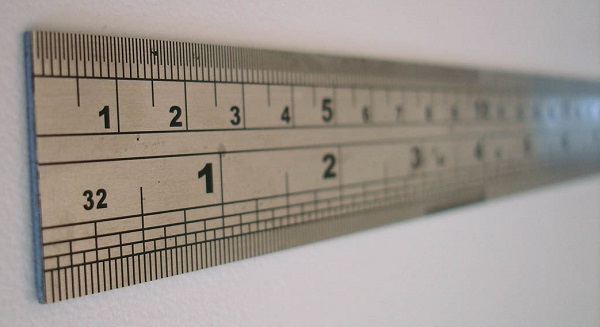
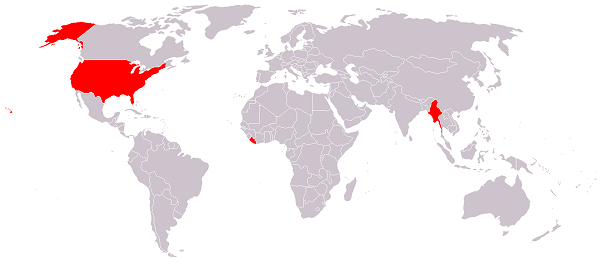

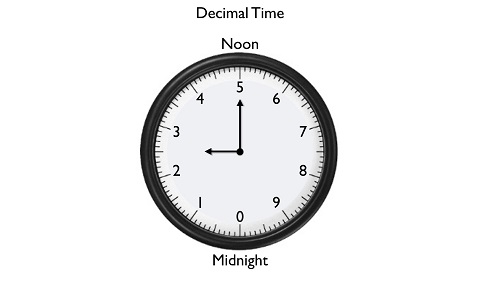
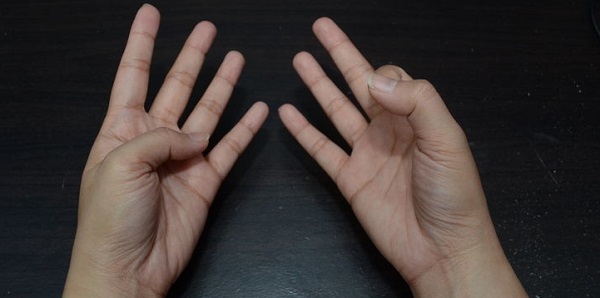
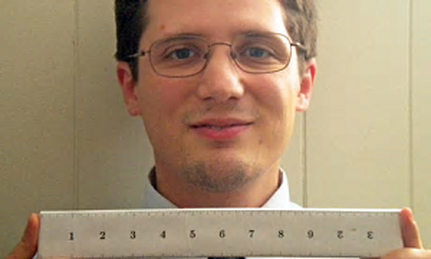
 RSS Feed
RSS Feed
